Have you ever considered using your training shoes for running? While the convenience of a single pair for multiple activities is appealing, this practice is generally ill-advised for distances over a mile. The truth is, training shoes often lack the essential cushioning required to absorb the repetitive impact of running, significantly increasing the risk of injuries like plantar fasciitis. Understanding the importance of selecting the right footwear is crucial for preventing discomfort and harm. At The Athlete’s Foot, we offer a wide selection of road running and training shoes. In this article, we'll show you the key differences between these two types of sneakers and explain why choosing the right pair is crucial for enhancing your running and training routine to keep your feet in top condition.
Training Shoes vs. Running Shoes: Understanding the Distinction
The primary difference between training shoes (often referred to as cross-trainers) and running shoes lies in their design and intended purpose. Running shoes are crafted to support and optimise the forward motion of running, providing specific features such as enhanced cushioning and arch support to absorb the impact of each stride. On the other hand, training shoes are designed to be more versatile, offering support for a variety of movements including lateral (side-to-side) actions, which are common in various types of workouts.
What Are Running Shoes?
Running shoes are your go-to footwear for distance running, sprinting, and jogging. They're engineered to support the repetitive forward motion of running, featuring ample cushioning in the midsole to reduce the impact on joints and muscles. With a focus on lightweight construction, running shoes help in minimising fatigue, allowing for a more efficient running experience. They often come with specialised designs for different surfaces, such as road running shoes with smoother soles and trail running shoes with enhanced grip.
When and Why to Choose Running Shoes
If your exercise regimen includes running outdoors or on treadmills for considerable distances, running shoes are necessary. They are optimal for long distances due to their shock-absorbing capabilities. To get the best pair of running shoes you must consider specific design features. These include ample cushioning, a comfortable fit that matches your foot shape, and a design that suits the surface you'll be running on. This tailored approach ensures that the shoes provide the necessary support and comfort for your running activities.
What Are Training Shoes?
Cross-training shoes, or simply training shoes, are all about versatility. They are designed to support the foot during a wide array of movements, making them suitable for gym workouts, cross-training, and various sports. With features like a flatter sole and lower heel-toe drop, they offer the stability needed for weightlifting, agility exercises, and lateral movements.
When and Why to Choose Training Shoes
Training shoes are an excellent choice for those who have a varied fitness routine that encompasses high-intensity interval training (HIIT), weightlifting, and other gym-based exercises. These types of shoes are specifically designed to offer stability and support, which are crucial for activities that involve quick, multi-directional movements. By providing the necessary foundation, training shoes ensure that you can perform a wide range of exercises safely and effectively.
Can Training Shoes Be Used For Running?
While it's possible to use training shoes for running, especially for short distances or as part of a mixed workout, they may not provide the same level of support and cushioning as running shoes for longer runs. For casual runners or those incorporating short jogs into their fitness routine, training shoes could suffice. However, for dedicated running sessions, especially over longer distances, investing in a good pair of running shoes is advisable to prevent injuries and ensure optimal performance.
Making the Right Choice for Your Feet
When deciding whether to lace up running shoes or training shoes for your next workout, consider the following factors.
- Activity type
Determine the primary purpose of your workout. If it's running, especially long distances, go for running shoes. For a gym session or a mix of activities, then training shoes are more appropriate.
- Comfort and fit
Regardless of the type, the right shoe should feel comfortable from the moment you put it on. It should fit well in the heel and toe box, without causing any discomfort.
- Protection and support
Consider the level of cushioning and support each shoe offers for the specific activities you engage in.
Conclusion
The debate between training shoes and running shoes isn't about which is better overall, but which is better for your specific needs. By understanding the differences and considering your workout preferences, you can make an informed decision that keeps you comfortable, supported, and injury-free during your fitness activities. Remember, the right shoe can make all the difference in achieving your fitness goals and enjoying every step of the journey.

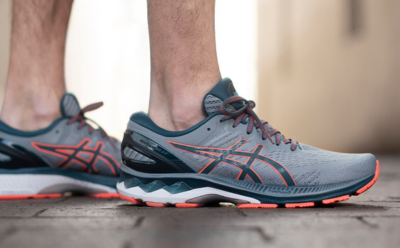
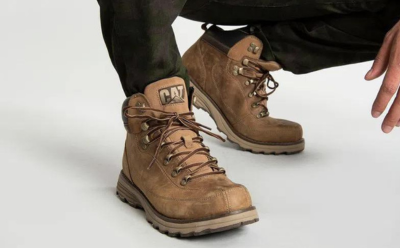
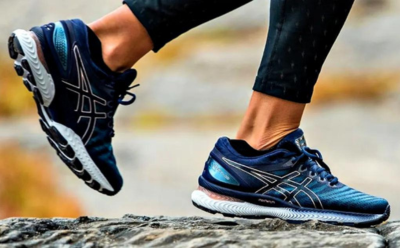
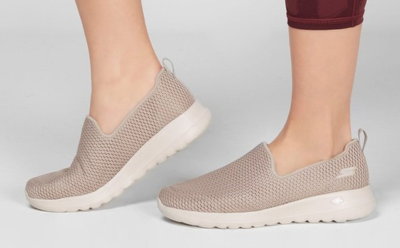
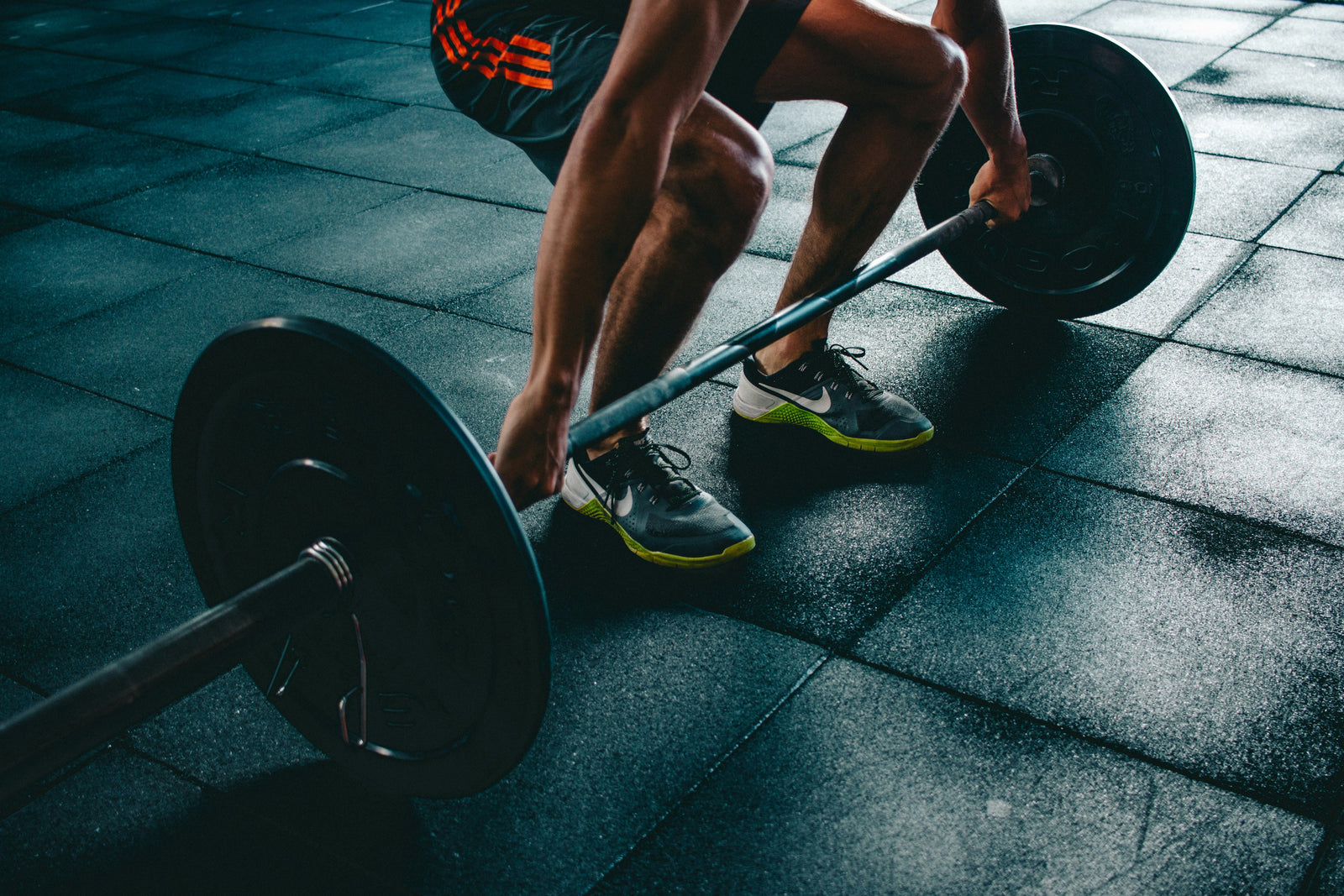

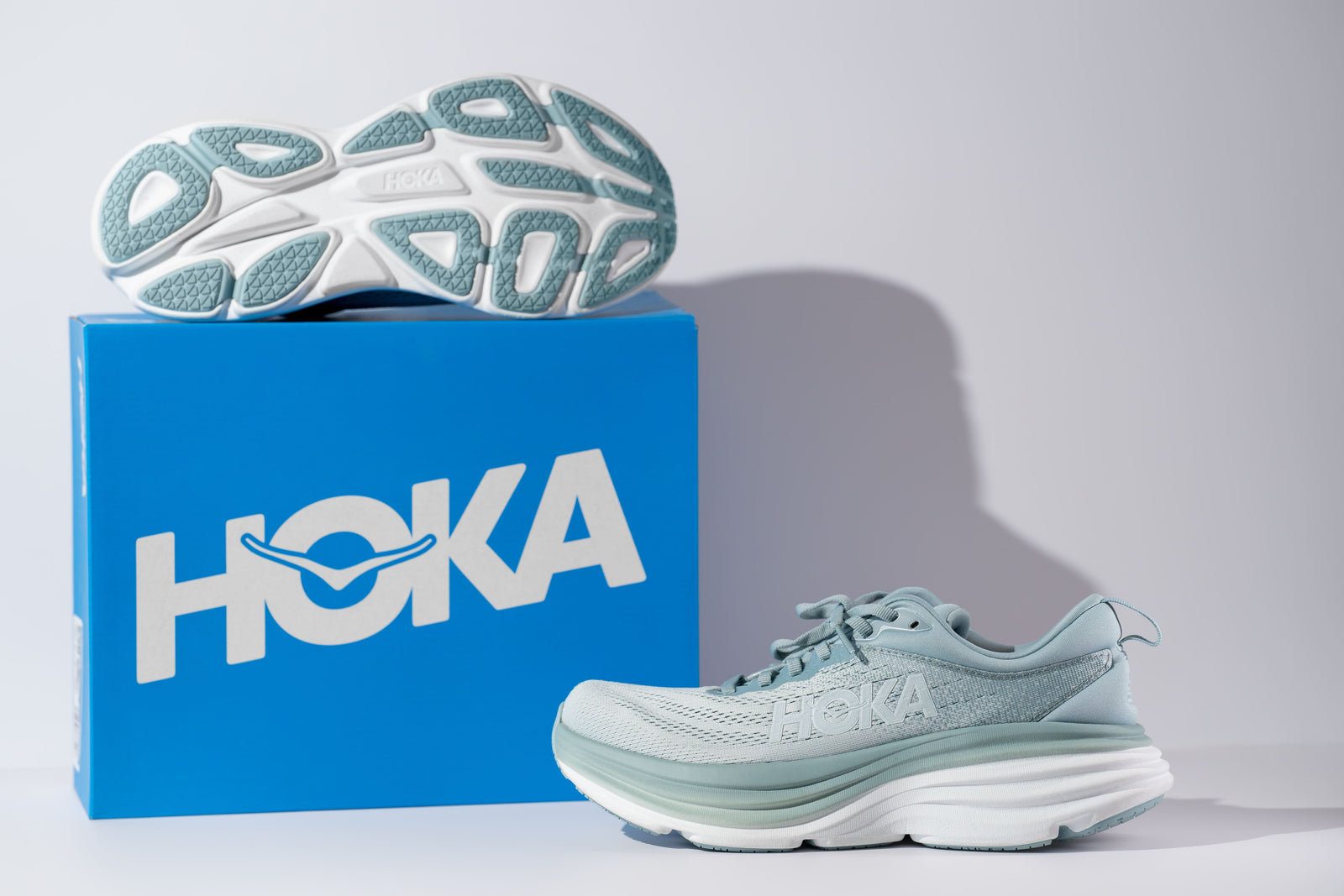
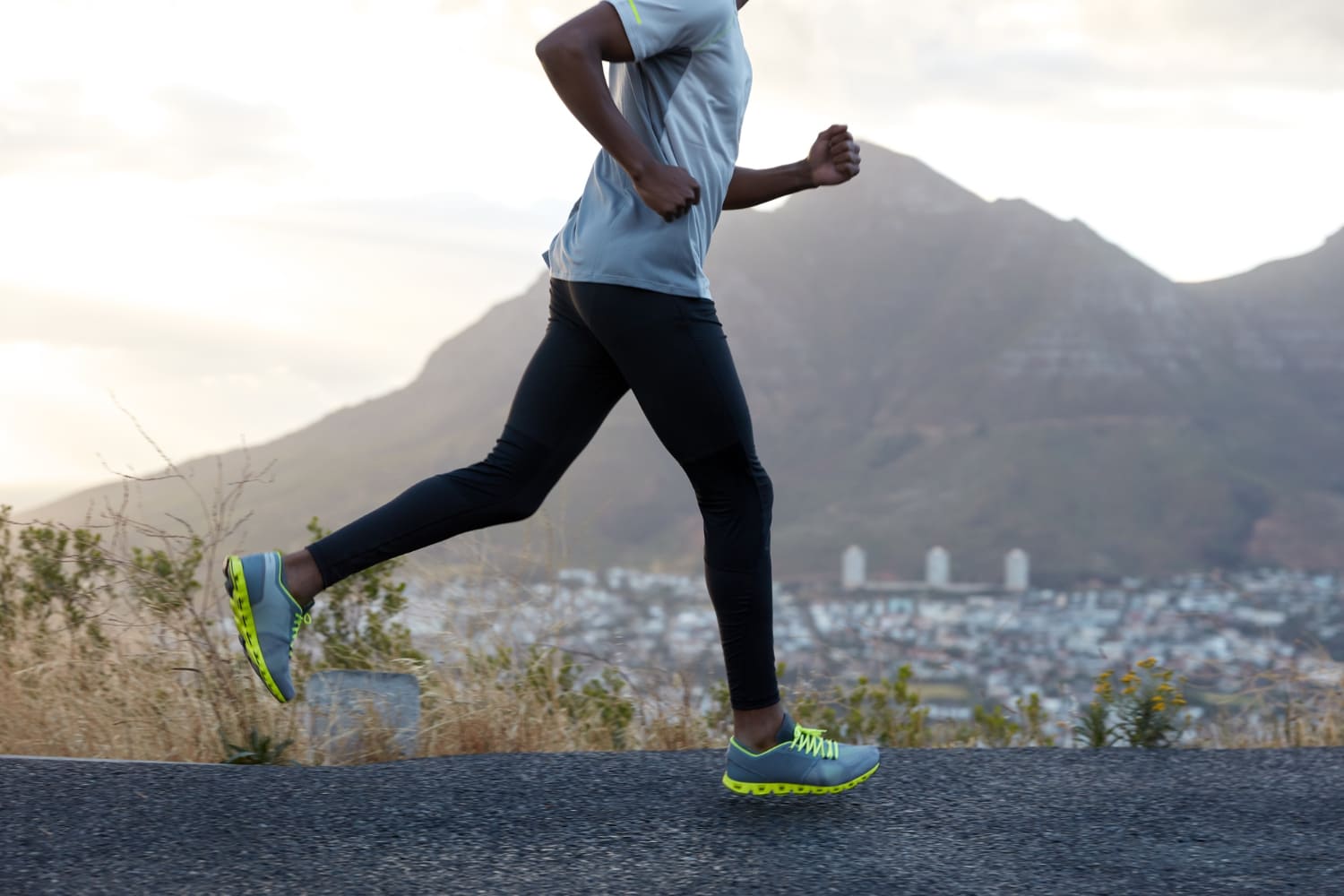
Leave a comment (all fields required)